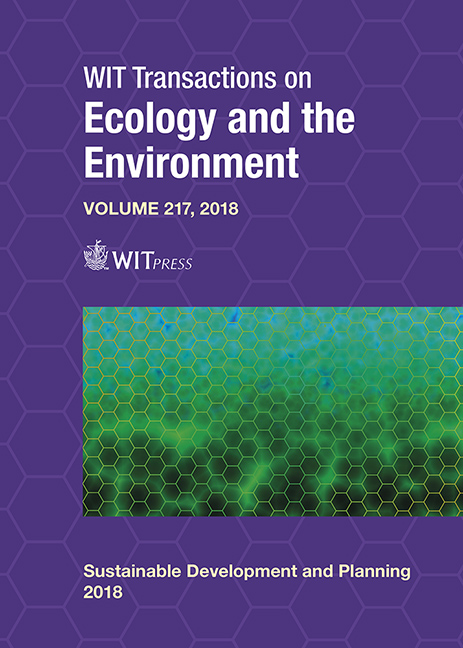THE SUSTAINABILITY OF HERITAGE BUILDINGS: REVITALIZATION OF BUILDINGS IN THE BANDUNG CONSERVATION AREA, INDONESIA
Price
Free (open access)
Transaction
Volume
217
Pages
11
Page Range
687 - 697
Published
2018
Size
1,231 kb
Paper DOI
10.2495/SDP180581
Copyright
WIT Press
Author(s)
NURTATI SOEWARNO, TAUFAN HIDJAZ, EKA VIRDIANTI
Abstract
A city is a human creation that always experiences development. As time goes by, the development of the city sometimes does not go according to the initial plan. In Indonesia, major cities were planned and built during the Dutch colonial era, based on good planning for several decades into the future. After Indonesian independence, a lot of obstacles were faced by cities, so their development shifted away from the initial plan. This paper will describe the development of an initially residential area for Dutch society within Bandung city. Today, the area is declared as one of the cultural heritage areas, because of its history and the architectural style of the buildings. Some investors have considered the environment plan, location and unique architectural style of buildings in this area as having potential that they could profit from, so one by one the residential buildings in this area transferred into commercial ones. How does transformation occur with conservation buildings as part of a cultural heritage? What kind of revitalization can be performed to adapt to their new function? It is expected that the revitalization performed will sustain cultural heritage buildings within this conservation area.
Keywords
Bandung, city development, conservation area, Dutch colonial architecture, heritage buildings, Indonesia, remodeling, repurposing, revitalization





